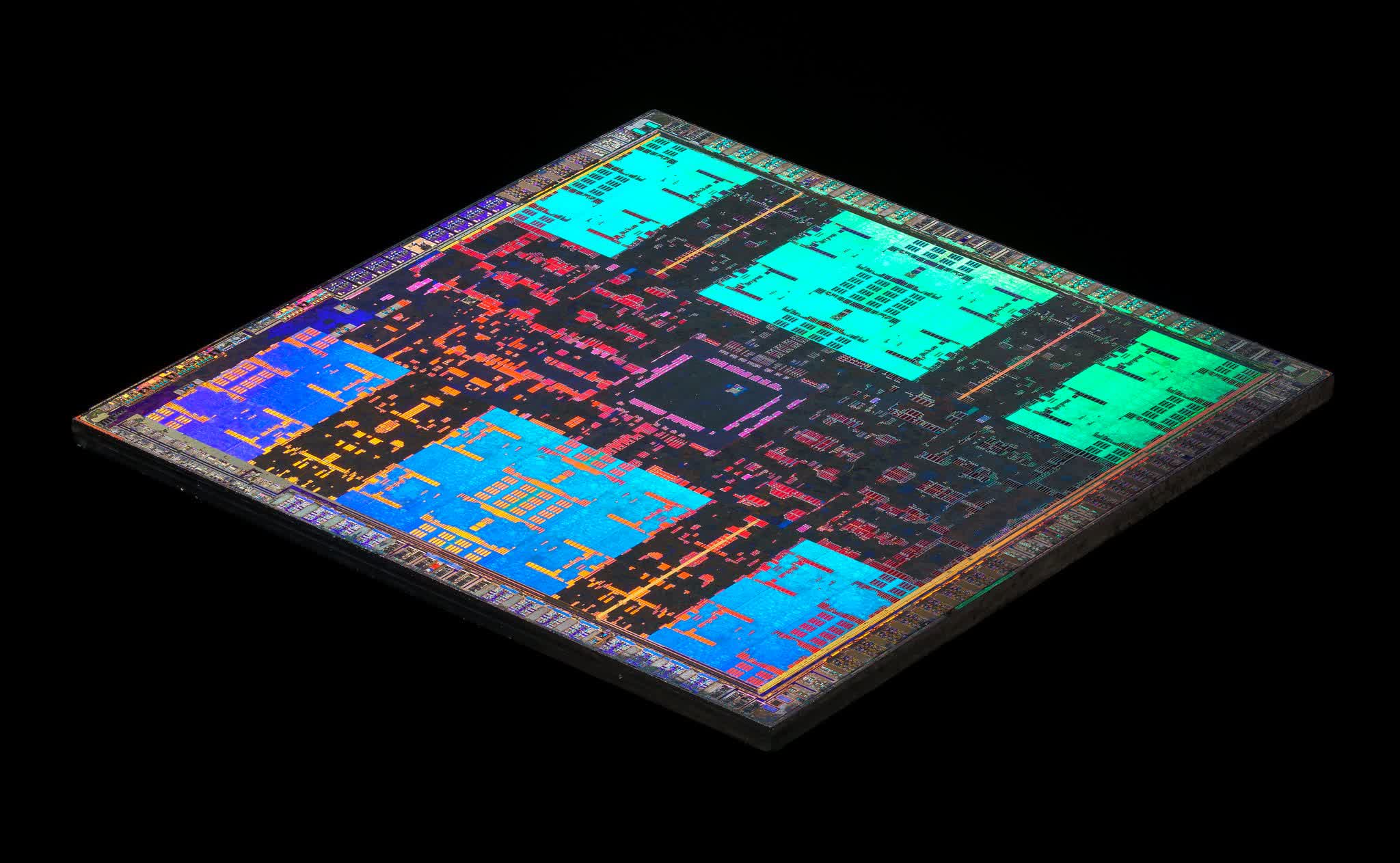Neuromorphia
fact collector
Brainchip Akida Partners, Licensees, Speculative Theories and Supporting Links
Due to exceeding 30,000 characters this post is now an article...here is the link

 thestockexchange.com.au
thestockexchange.com.au
Due to exceeding 30,000 characters this post is now an article...here is the link

The Growing Brainchip Akida Ecosystem
The Growing Brainchip Akida Ecosystem IP Technology Partners, Solutions Enablement Partners, Silicon Integration, OEM Integration, Implementation, CES Technology Partners, Collaborations, Using Brainchip, Engagements and Speculation IP Technology Partners * Arm BrainChip Joins Arm AI...
 thestockexchange.com.au
thestockexchange.com.au
Last edited:





